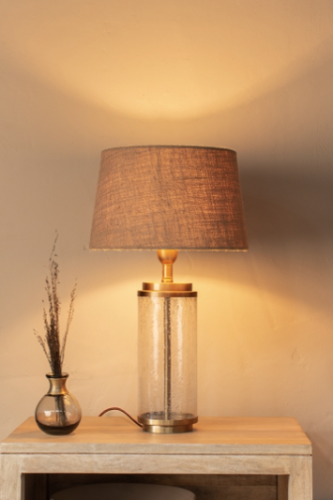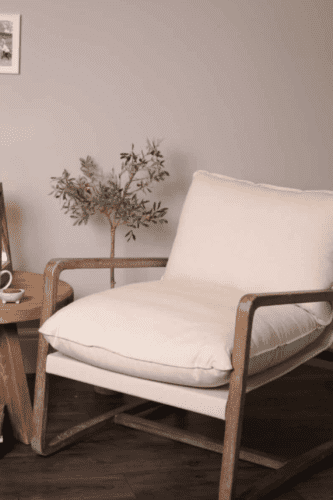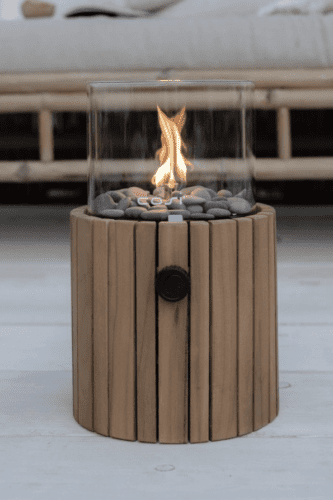We will keep this short, unfortunately however, not so sweet.
It won’t come as a shock to you all that our planet is in a state of dire emergency. Factors such as climate change, deforestation, air, soil and water pollution, loss of biodiversity, overpopulation and waste disposal are all at play when it comes to the balance of our planet. As the human race it is up to us to make the vital choices to help save our Earth before it becomes too late. Whilst all factors of these factors are of equal importance, let us focus on plastic for the moment.
Plastics in our Oceans
I’m sure everybody has seen the recent statistics in the news that by the year 2050, there will be more plastics in our oceans than there are fish, by weight. We have all heard about the five gigantic plastic patches around the world, the largest being the size of Texas- 268,581 square miles.
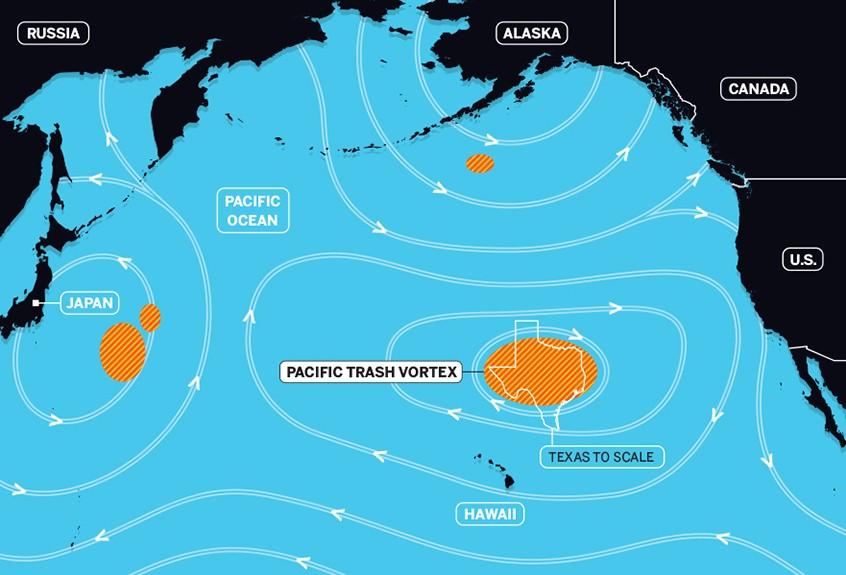
The Oceans Plastic Patches. Orange indicates plastic ‘islands’ around the world.
Read more about the Great Pacific Garbage Patch here. The article is from The Ocean Clean Up website.
We know that plastic has been found in the ocean as far as 11km deep, reaching some of the most remote places on our planet. This plastic in our oceans is very harmful to coral reefs, damaging their skins and causing infection and in many cases death of the coral; the likelihood of coral becoming diseased increases from 4% to 89% after coming into contact with plastic. Coral is home to 25% of all marine life around the world, the plastic is destroying their homes.
Each year, 8 million metric tons of plastics are thrown into the ocean. Of these 8 million tons, 236,000 tons are Micro-plastics, tiny pieces of plastics that are 5mm in size and many are Nano-plastics which are 1,000 times smaller than an algal cell.
The science behind it..
To keep it short, plastic is a new substance in the grand scheme of things and our environment is not equipped to break it down. Plastic can actually never fully biodegrade. This is because bacteria have not evolved to break down the carbon-carbon links found in plastics, it can be broken down into smaller pieces called ‘microplastics’ but it will always remain on earth.
To read more about Mirco and Nano plastics please read this article from ZME Science ‘The Low Down on Microplastics”.
Paper Vs Plastic
There are many debates on which is better environmentally, paper or plastic. It is easy to get lost in the discussion with facts, figures and opinions. Whilst both have distinct pros and cons, there is a clear winner in many peoples eyes.
Plastic
Plastic is mainly made from oil which is a finite resource. There are so called ‘biodegradable’ plastics and ‘non-biodegradable’ plastics. The non-biodegradable plastics are recyclable and can be used again, however they will not break down and because of this, they clutter our oceans and cities in their millions. The ‘biodegradable’ plastics however are another story.
Many manufacturers and companies now market their plastics as ‘biodegradable‘, but this claim is not entirely true. The concept of a ‘biodegradable’ plastic suggests a material that would degrade to little or nothing over a period of time, posing less of a hazard to wild life and the environment. This concept is unfortunately false. Recent research has revealed ‘biodegradable’ plastic bags still intact after three years spent either at sea or buried underground. These bags were so un-degraded that they were still able to hold more than 2kgs of shopping. The study’s authors, Imogen Napper and Richard Thompson at the University of Plymouth, tested compostable, biodegradable, oxo-biodegradable, and conventional polythene plastic bags in three different natural environments: buried in the ground, outdoors exposed to air and sunlight, and submerged in the sea. Not one of the bags broke down completely in all of the environments tested. In particular, the biodegradable bag survived in soil and sea almost unscathed.
The various types of plastics, such as Polylactide (PLA), starch-polyester’s, oxo-biodegradable plastics all of which claim to be bio-degradable do not breakdown to anything more than a microplastic, continuing to persist in the environment, unfortunately causing fatal harm to marine life and other species. Experts estimate that even when decomposing to microplastics, landfill conditions can cause the ‘biodegradable’ plastics to take anything from 500 to 1000 years to do so.
The reality is sobering to say the least, the bottom line is that plastic is not fully biodegradable. If you would like to read more please check out this article- ‘When Biodegradable Plastic Is Not Biodegradable‘.
Paper
Although paper is still not ‘good’ for the environment, it is a better alternative to plastic for many reasons. Firstly, paper is made from plant bases sources and as such paper will biodegrade and is compostable. Although paper and plastic both use large amounts of heat in production, paper is easily recycled in most UK households. Paper is fully biodegradable, compostable, recyclable and reusable. One piece of paper can be recycled up to 7 times, each time changing its attributes.
Silver Mushroom’s Environmental Impact – The Important Bit
As an online retailer, we ship hundreds of parcels to our customers each day, many of these parcels contain fragile items such as ceramic mixing bowls and glass jars. Despite the environmental impact of the delivery vehicles, we had been packing each item in bubblewrap and plastic air-cushions to ensure our items arrive in one piece. We felt as a company that we had to make a change to reduce our own carbon footprint. So what are we doing about it?
CO2 Emissions & Fossil Fuels-

Example of an office with natural light.
At the end of 2018 we took the plunge and moved our entire warehouse and HQ. The move was stressful but beneficial in many ways. Our old HQ took each member of staff at least 30 minutes to get to and from every day, thus releasing avoidable and harmful CO2 emissions. The old HQ also had few windows in the warehouse meaning we needed artificial light at all times, burning finite fossil fuels. Our new HQ and warehouse is based in an ideal location for staff meaning that many of us can actually walk to work, avoiding the use of cars and public transport, whilst the longest commute is now just 15 minutes. We also have a specially designed building with surrounding glass windows, meaning we get lots of lovely natural light and heat, reducing electricity energy usage and therefore our fossil fuels.
Packaging Materials & Plastic Reduction-
You might notice something a little different in your parcels from now on as we are in the process of swapping our packing materials. Instead of plastic air cushions, we are now using a paper void-fill alternative from a company called Ranpak and instead of bubble wrap, we are using a paper alternative called Geami, which is a die-cut paper that stretches to make a 3D honeycomb structure. This structure interlocks around the item being wrapped, with no plastic tape needed to hold it in place. Geami is FSC Certified (C4134738) to ensure responsible natural resource management.
Ranpak pride themselves on being plastic free and helping companies to reduce their Carbon Footprint, if you or somebody you know owns a business that ships goods, please check them out! The paper void fill that we have introduced is 100% recyclable, renewable biodegradable. 50% of Ranpak paper packaging consists of either entirely or partially recycled content.
You can read more about Ranpak’s sustainability promise here.
Our Products
Whilst the packaging we ship our items out in is of course incredibly important when it comes to our carbon footprint, we are also aware that we are undoing our hard work by shipping out harmful plastic goods. This is why we are changing up the brands that we work with. If you are a repeat customer of Silver Mushroom you may have noticed many new brands appearing on our site recently, as well as our favourite new product category of Eco-Friendly items, which you can view here. We strongly believe that sustainable doesn’t mean you should compromise on style, some of our new gorgeous yet sustainable products include:
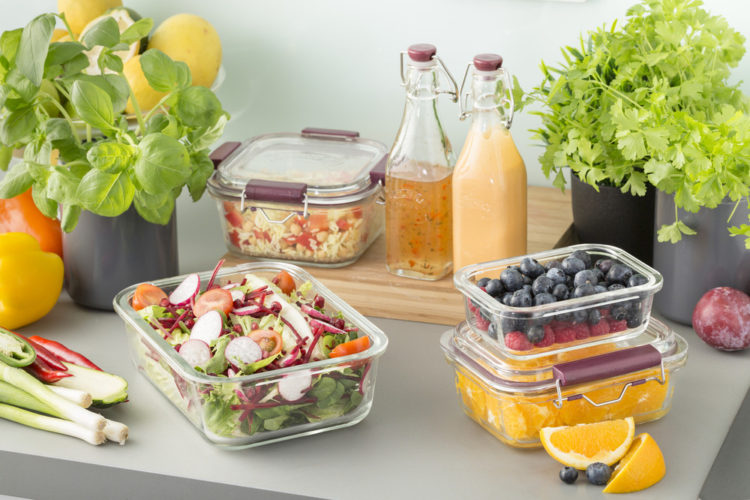
Kilner Fresh Storage– These are BPA free glass storage containers that offer an alternative to plastic containers in the home. View here.
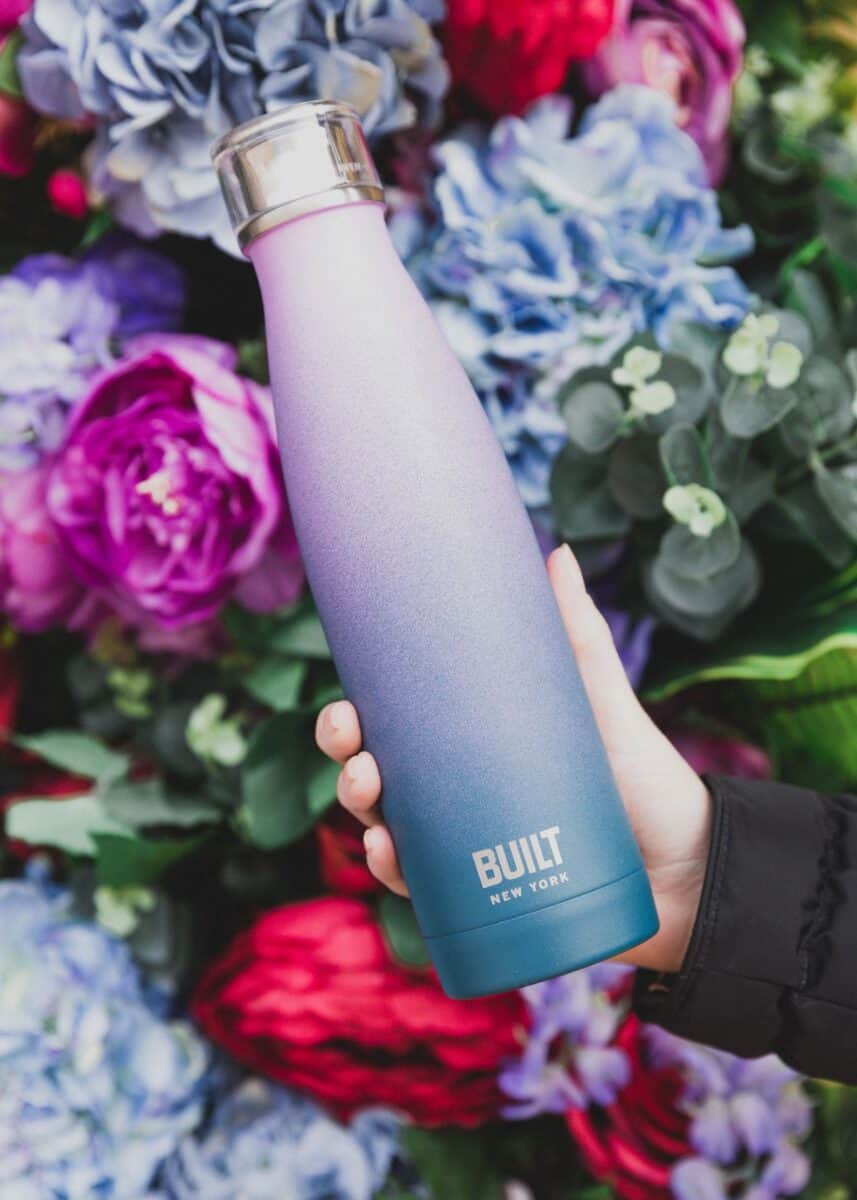
Built Reusable Bottles– Built bottles are made from BPA stainless steel and offer a stylish way to cut back on harmful single-use plastics. View here.
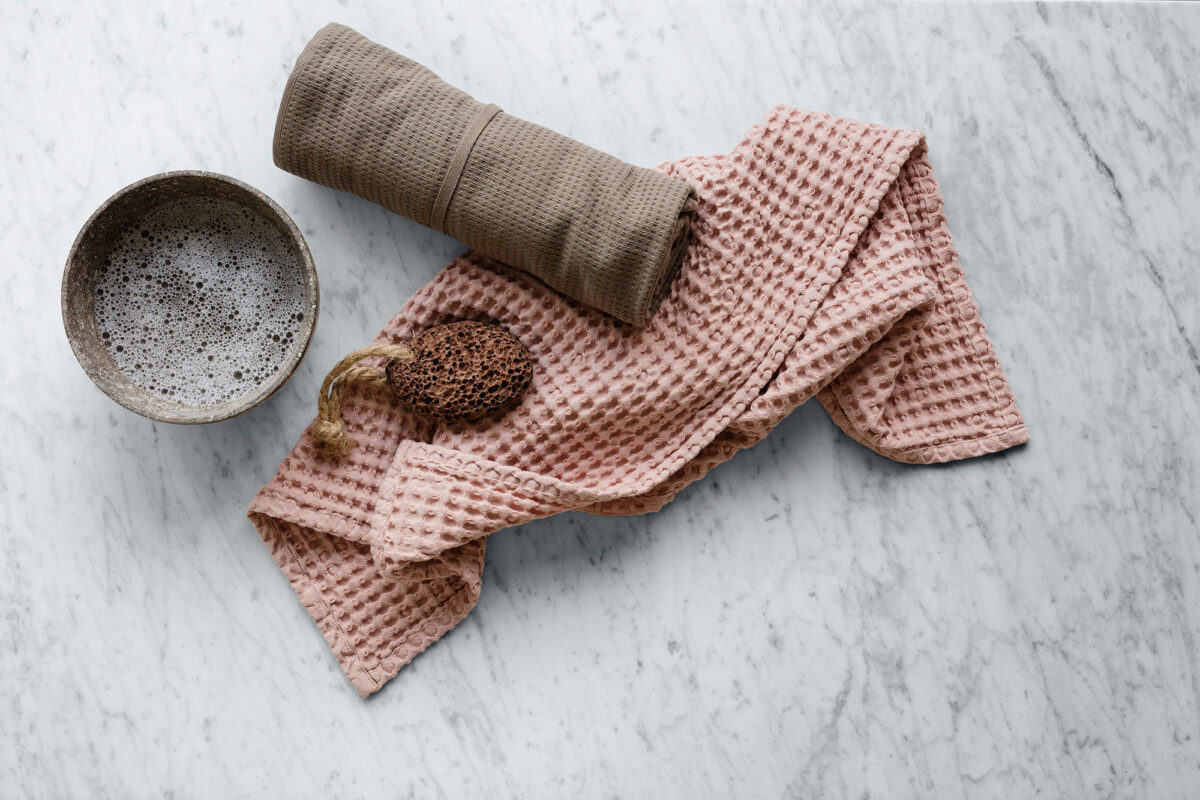
The Organic Company– Of Danish Origin, The Organic Company creates meaningful and responsible textiles from 100% GOTS Certified Organic Cotton. View here.
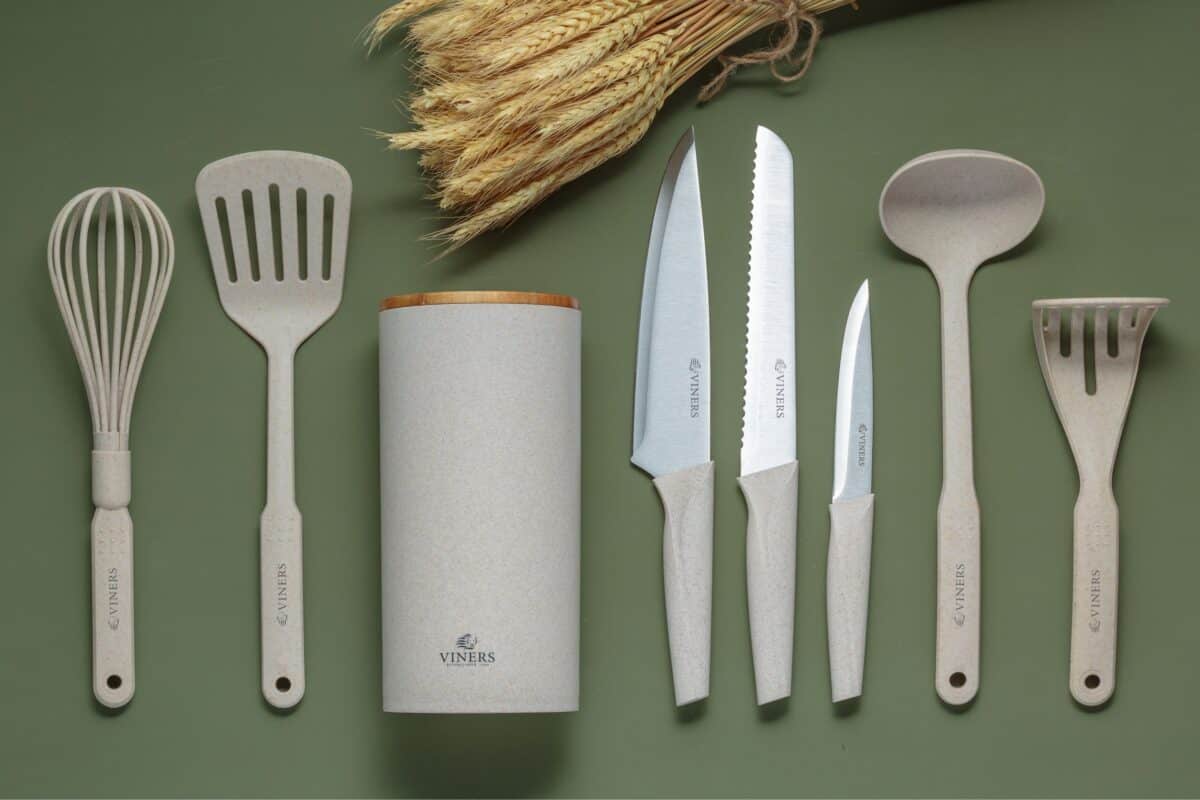
Viners Organic– This innovative collection features a range of kitchen utensils that are made from organic Wheat-Fibre. Wheat fibre is a natural by-product from the wheat farming industry, which has been historically been burnt by farmers. The wheat fibre components of this Utensil will decompose under composting conditions. View here.
Natural Elements– A collection of sustainable travel mugs and kitchen storage made from organic bamboo fibres and bamboo wood. View here.
Sophie la Girafe– This Children’s brand offers toys made from 100% natural sap from the Malaysian Hevea tree, all beautifully gift boxed in 100% recyclable materials.
Going Forwards-
Whilst we cannot make the transition over night, we are aiming to be 100% plastic free within the next few years. We are ‘phasing-out’ the last of our plastic packaging stock whilst introducing our new sustainable paper packaging. We are currently looking into eco-friendly Kraft Tapes to replace our packing tape and always on the hunt for new eco-friendly brands to work with.
What YOU Can Do…
The potential components of our packaging are:
- Cardboard Boxes
- Plastic Shipping Bags
- Sticking Tape
- Bubble Wrap
- Air Bubbles
- Geami Paper
- Paper (Void Fill)
We know that the parcels we send out contain many components. Unfortunately at this time none of our tape is recyclable, as mentioned we are looking into this matter.
Composting/Biodegrading
All of our cardboard boxes, Geami, and Paper Void Fill can be used as the ‘carbon’ element in at home composting. This is a great way to re-use the packaging we send to you. The compost you produce can then be used to grow all sorts of different things. Why not grow your own veggies and eliminate having to buy them from the shops? For more information on composting, all of its benefits and how to actually make your own compost bin or heap, please read this article from Earth Easy.
Any air bubbles or plastic shipping bags can be fully recycled in your home recycling bin or at your local tip. Bubblewrap can be recycled along side plastic film and carrier bags in some areas. Please use this Recycling Locator tool to check what you can put in your own recycling bin.
Alternatively, bubble wrap can be recycled along with plastic film and carrier bags at collection points such as supermarkets.
We would love to hear any suggestions you may have on helping us go greener. We are doing our best to reduce our impact and do our bit for the planet, we hope you enjoyed this blog and that it has inspired you to take your impact on the environment into you own hands.

